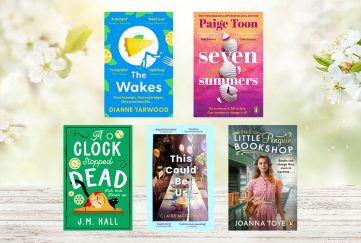Avoiding Common Writing Slip-ups

Thinking about submitting a story to “The People’s Friend”? Remember, a little foresight can go a long way when avoiding common writing pitfalls — and make it more likely we’ll accept your work right away!
Here, I will list some factors that “Friend” authors can sometimes overlook when sending in their stories.
Story time frame
It’s important for the reader to know when a story takes place.
Though it’s not so relevant for contemporary stories, unless a specific event or occasion is taking place, it should be adhered to in period stories.
A definite time frame will enrich a reader’s enjoyment of a story.
Instead of having to guess background detail of historical context, the reader’s understanding of characters and events will be enhanced.
The simplest way of addressing this is for a writer to place the date or era alongside the story title. That way our designers can place the “Set in” date on the finished page layout.
However, a writer can also cleverly incorporate this information into the story itself.
For example, through naming kings or queens on the throne, current conflicts or famous artisans alive at the time.
Point of view
When writing short stories, sharing one or two characters’ viewpoints works perfectly well.
With serials, this number can be increased — but be wary of having too many.
For new serial writers, I would encourage two viewpoints. The more experienced “Friend” writer can safely juggle more.
The more viewpoints present, the higher the risk of head-hopping, when the writer moves from one character to another in the same scene.
A good rule of thumb is to have one viewpoint per scene or chapter.
Of course, you will want your protagonist to have a viewpoint.
But if she or he is competing with other characters’ their thoughts and feelings, individual storylines can appear diluted.
Lack of plot
The last thing a writer wants is for the reader to reach the end of a story and to say, “What was the story about?”
The most descriptive prose and colourful locations won’t hide a saggy, meandering plot.
Give your protagonist a purpose, a story goal, and this should give the plot clear definition.
But don’t let your protagonists sail through the course of a story without a care in the world.
Make them run the story gauntlet in order to gain reader empathy.
For more great writing advice from “The People’s Friend”, click here.
Have you seen our new “Feel-good Special”? It’s full of entertaining and uplifting fiction. Click here to pre-order your copy today.





